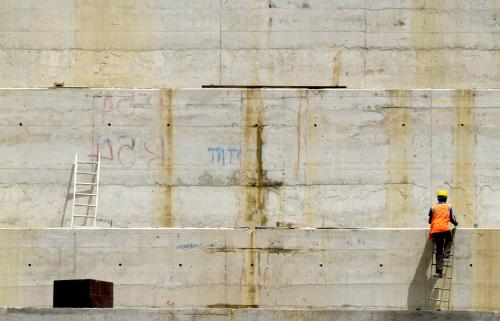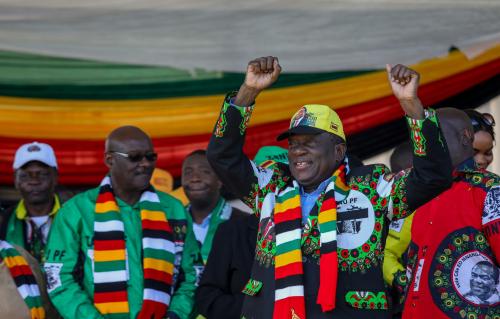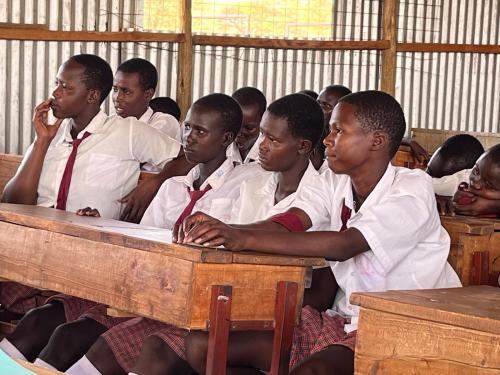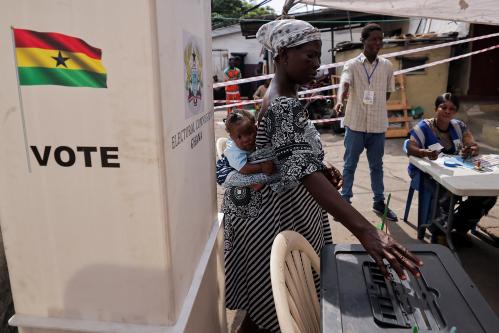South Sudan internal peace talks revived and the country agrees to reopen oil wells with Sudan
On Wednesday, South Sudanese rebel leader and former vice president, Riek Machar, accepted an invitation from Ethiopian Prime Minister Abiy Ahmed to attend peace talks with President Salva Kiir. Machar has been under house arrest in South Africa since July 20. The talk, the first since the breakdown of a peace deal in August 2016, will be held in Addis Ababa, Ethiopia, on June 20 and be mediated by the Intergovernmental Authority on Development (IGAD), an East African regional organization. IGAD has been mediating the peace talks since the crisis began in 2013 and has stated that these talks will inform a “‘final decision on Machar’s participation” in the peace process. According to the United Nations, since 2013 about 10,000 people have died in the violence and about 4 million have been displaced.
Pressure has been elevated by the international community at large, including a U.S.-sponsored U.N. Security Council resolution for an arms embargo and sanctions on six South Sudanese leaders if peace is not reached by June 30. Many observers are not optimistic, though: Alan Boswell, an expert on South Sudan, has reiterated that similar agreements have happened before, and without result: “The last time the two leaders agreed to work together under threat of U.S. sanctions, it ended in an explosion of fighting and Riek Machar fleeing for his life through the bush into Congo.”
Also this week, the South Sudan government announced that it would be working with Sudan to repair oil infrastructure facilities that have been damaged by South Sudan’s internal conflict. Juba and Khartoum intend to complete the repairs within three months. In addition to managing the repairs, the two countries will also have a joint defense force to protect the oil fields from rebel attacks in the area.
Nigeria and Morocco plan regional gas pipeline
On Monday, Nigeria and the Kingdom of Morocco signed an agreement to build the Nigeria-Morocco Gas Pipeline that will connect Nigerian gas resources to West African countries—and ultimately to Morocco and Europe. The pipeline will be constructed over a period of 25 years, starting with a feasibility study that will be concluded by July 2018. The pipeline will be 5,660 kilometers long and an extension of an existing pipeline that has been transporting gas from Nigeria to Benin, Togo, and Ghana since 2010. As a next step, Morocco and Nigeria will launch a frontend engineering design, which is an approach used to control project expenses and thoroughly plan a project, to involve countries that will be crossed by the pipeline in the Economic Community of West African States (ECOWAS) and to determine the amount of gas available for export to Europe. According to Morocco’s Office of Hydrocarbons and Mines and the Nigerian National Petroleum Corporation, its construction will spur economic integration in the region as well as help West African nations and Europe meet their energy needs. For Nigeria, it will also reduce costly gas flaring—a method of disposing of extra gas when there is insufficient infrastructure to use it—encourage diversification of energy resources, and provide employment opportunities.
The signing of the agreement was part of the activities marking Nigerian President Muhammadu Buhari’s two-day official visit to Rabat, which focused on strengthening economic relations in gas resource development, global investments, and agricultural training and management. The two countries also signed two other agreements: one for constructing a chemical plant in Nigeria—producing ammonia and its derivatives—and another on vocational training and technical supervision of agricultural workers in Nigeria. Buhari assured King Mohammed VI of Nigeria’s full commitment to the realization/implementation of all the agreements signed.
Uganda Airlines is resurrected and South African Airways plans layoffs
Late last week, Ugandan President Yoweri Museveni announced the official revival of the country’s national carrier, Uganda Airlines. According to Xinhua, the Ugandan government had already been working toward its airline-reviving goal, having purchased six planes just last month. Museveni told the Ugandan parliament that his administration is reviving the airline with the aim of strengthening the service sector. During the 15-year absence of the airline from Uganda skies, Kenyan competitors took over the market. Given the lack of an airline, Museveni has described the $11.3 million that Ugandans spent annually on air travel as a “hemorrhage that must stop.” Originally established in 1976, the airline was liquidated in 2001 with $6 million in debt. The airline’s revival is predicted to stiffen the competition on East African routes. The country is also building a second international airport as well as expanding the current one in Entebbe.
In related news, this week, South African Airways announced that its catering arm would be cutting 118 workers, known as Air Chefs, from its 1,200-catering workforce. The company has already been cutting costs by using a range of measures such as eliminating underperforming routes. Last week, the company announced that it was encouraging global carriers to hire or take on the company’s surplus pilots and cabin crew that may not been needed as it scales back operations. The plan includes cutting back on routes to London and West Africa and improving the productivity of workers and other airline workers. The airline, which has not been profitable in seven years, is struggling financially, surviving off state subsidies, a strategy that credit rating agencies deem risky. South African Airways is also presently in the process of implementing reforms to increase profit—the company has a three-year turnaround plan, which aims to break even by 2021.
Note: Kiara Rodriguez Gallego contributed to this post.
The Brookings Institution is committed to quality, independence, and impact.
We are supported by a diverse array of funders. In line with our values and policies, each Brookings publication represents the sole views of its author(s).








Commentary
Africa in the news: South Sudan peace talks, the Nigeria-Morocco pipeline, and airline updates
June 15, 2018